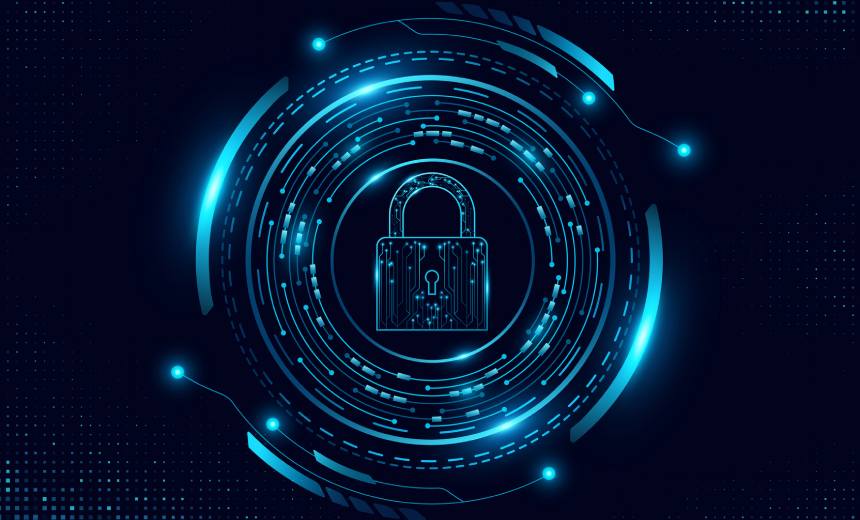AI-Powered Threats Demand AI-Driven Defense

AI has become the ultimate accelerant in cybersecurity, empowering defenders while supercharging adversaries. Threat actors are already weaponizing agentic AI to orchestrate adaptive, autonomous attacks that move at machine speed. Phishing campaigns evolve in real time. Malware rewrites itself mid-strike. Deepfakes impersonate executives with chilling precision.
See Also: The Rise of Agentic Commerce: Building Secure, Trusted Payments for the AI-Driven Economy
For CISOs, this marks a turning point. Human speed and static defenses are no longer enough. Teams already strained by skills shortages and alert fatigue face an expanding gap between how fast attackers innovate and how quickly they can respond. Closing this gap requires a new kind of intelligence, one that can observe, reason, and act.
Turning AI from Threat to Force Multiplier
The same technology fueling attackers can, and must, empower defenders. Unlike traditional AI that processes and analyzes data, agentic AI goes further: it reasons, acts, and continuously learns and adapts from outcomes.
In cybersecurity, that means an AI system that not only raises alerts but also helps orchestrate responses, recommend next steps, and execute them safely under human oversight. By combining the precision of network-derived telemetry with AI-driven reasoning, organizations gain a force multiplier that enables strained teams to work smarter, respond faster, and act with greater confidence.
CISOs Under Pressure: New Threats, Old Tools
The new wave of AI-powered threats appears unlike anything security leaders have seen before. The Gigamon 2025 Hybrid Cloud Security Survey revealed just how quickly the threat landscape is changing.
- 61% of CISOs report more sophisticated phishing campaigns;
- 58% are seeing a surge in AI-powered ransomware;
- 47% have witnessed attacks targeting large language models.
Log-based tools built for a different era were never designed to keep pace with the speed and subtlety of AI-driven attacks. At the same time, boards now view cyber risk as equal to financial or legal risk, demanding proof of resilience while talent shortages limit response capacity. The result is that CISOs must secure and manage hybrid cloud infrastructure with fewer people and greater pressure.
The conclusion is clear: the security industry must use AI to fight AI.
Gigamon Insights: Agentic AI for Deep Observability
To help organizations meet this challenge, Gigamon created Gigamon Insights, an agentic AI application designed to accelerate time to insight. It detects threat activity, correlates telemetry to pinpoint performance issues, and surfaces compliance risks through application-aware metadata.
By applying AI reasoning to network-derived telemetry, Gigamon Insights enables more informed investigations, faster troubleshooting, and improved decision-making. Integrated with the Gigamon Deep Observability Pipeline, it gives security and IT teams direct, conversational access to their most reliable data source, the network itself.
With this approach, analysts can simply ask questions, get immediate, contextual answers, and receive guided actions within the tools they already use. Senior analysts gain speed, while junior analysts gain expertise. The result is faster outcomes, less dashboard fatigue, and more time for strategic work.
Deep Observability: The Source of Truth in a Noisy World
In a hybrid, multi-cloud environment, the network does not lie. Network-derived telemetry—packets, flows, and metadata—provides an immutable source of truth of what is happening across on-premises data centers, virtualized and containerized workloads, and public cloud instances.
When organizations correlate that telemetry with logs, metrics, and traces from their existing tools, they achieve deep observability: complete, contextual insight into application behavior, network performance, and security posture.
Gigamon extends this advantage by pairing deep observability with agentic AI, transforming static visibility into adaptive intelligence.
From Detection to Foresight
Deep observability has become a board-level topic. This year, 83% of CISOs reported discussing it with directors, up from 76% last year, a clear sign that cybersecurity is now a business imperative.
As awareness of AI’s risks and rewards grows, so does recognition of the role deep observability can play in detecting threats, eliminating performance bottlenecks, and closing compliance gaps.
With Gigamon Insights, organizations can move from reactive defense to proactive resilience, mitigating cyber risk while enabling cloud agility and innovation. In 2026 and beyond, CISOs who bring agentic AI and deep observability together will move past detection to true foresight, building adaptive, intelligent systems that learn and evolve as fast as their adversaries.
Ready to Learn More?
Download the Gigamon 2025 Hybrid Cloud Security Survey to see how security leaders are balancing the risks and rewards of AI adoption.
